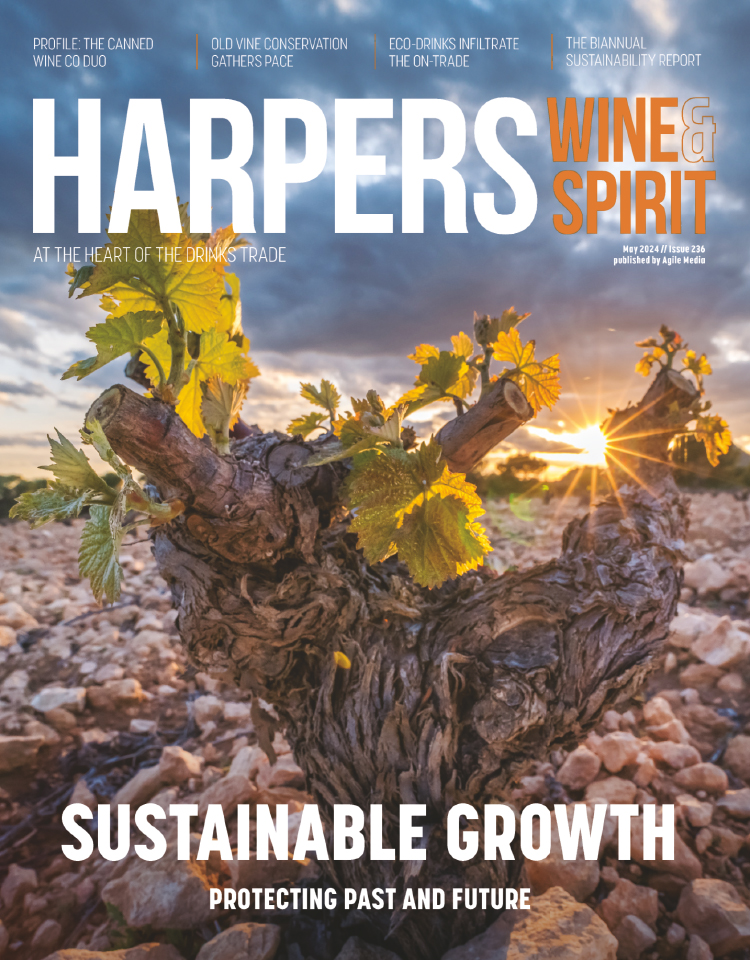Taking on the GMOs
I was briefly distracted from the long-running soap opera featuring Constellation and Vincor (is it over yet?) by the news that most of the grape growers of Sonoma County, a premium coastal California wine-growing region, had joined hands with commercial agricultural interests and global chemical companies to help vote down a moratorium on the use or sale of genetically modified organisms (GMOs) in Sonoma - thereby shooting themselves rather inelegantly in the foot, if not some more vital body part.
A coalition of environmental groups and organic farmers, including some organic grape growers, had pushed for the moratorium, arguing - correctly in my view - that more facts are needed about the long-term impact of GMOs on the environment. They reckoned that 10 years was not asking too much of Big Ag. They raised the following questions, familiar enough to anyone who has followed the GMO issue:
Are GMOs safe for humans?
Do GMOs spread into the ecosystem?
Do GMOs decrease the use of pesticides and herbicides?
There is plenty of research showing that the answers to those questions are both yes and no. Oddly enough, most of the research on the pro-GMO side has been paid for by agri business and chemical companies like Monsanto.
The chief concern of scientists arguing for a ban, or at least a moratorium on GMOs is that the modified plant material will spread into the general environment, causing disruption in the ecosystem in ways that no one might expect.
A case in point is research done by Ignacio Chapela, a microbial ecologist at UC Berkeley, who found evidence of GMOs in a traditional field of corn in the state of Oaxaca, Mexico, although no GMO corn seed had been planted anyway near that field. The GMO corn could threaten the existence of ancient varieties of corn, which is, in a sense, a national treasure for Mexico.
Our experiments revealed that the transgenic DNA is turning up in unpredictable places. If you look in the valleys, areas of industrial agriculture, you find more, closer to the roads you find more. There is a herd effect in GMO research, with funding stampeding towards product development,' Chapela said. Nobody's funding risk-assessment studies that might find problems and resolve contradictions.'
After Chapela reported his findings, the results were attacked by other scientists who had been funded by chemical companies and transnational agricultural organisations.
Other research has shown that although herbicide and pesticide use drops initially, after a few years, bacteria and other pests mutate and more chemicals have to be used again - often in greater volume.
What does all this have to do with wine? Plenty, even though wine grapes are pretty low on the list of crops that merit the heavy investments needed to finance GMO experiments. Wine has sold itself to the public as a natural product of the earth. Modern wine consumers believe they are drinking a healthy beverage that not only tastes good but is good for them, too. Public awareness of organic products is soaring. What is going to happen to the image of wine if the consumer learns that wine grapes have been genetically manipulated? I can see the Frankenwine' headlines now.
Mike Benziger was one of the few wine growers to take a public stand in support of the moratorium. I'm not against biotechnology,' he said, but we just don't know enough about it yet to let it loose. Once you let it loose, you can't recall it.'
Beyond that, Benziger was concerned about what the wine consumer might think. We need to do more research on what the consumer wants. If you look worldwide, when the products are labelled, the consumer stays away. To me, what Sonoma has going for it is its beauty, its purity and its diversity,' he said.
The GMO story doesn't play well within those parameters. From that point of view, it doesn't matter who is right or wrong about GMOs in the vineyard from a scientific or environmental point; it is the public perception that is important in the market. GMO vines would slot wine into the same anonymous commodity basket as corn, soybeans, cotton and canola - there are over 100 million acres of those crops planted in the US. And even for those crops, there has been an effort by savvy companies to distance themselves from GMO taint. Frito Lay, one of the largest producers of corn chips, has said that no genetically modified corn is used in its products.
Obviously, the corn used to produce a packet of corn chips could come from anywhere. It has no story to tell. Wine, on the other hand, is all about telling stories: the story of place, the story of vintage, the story of the winemaker.
It's a really bad idea for that story to be genetically modified, don't you think?







